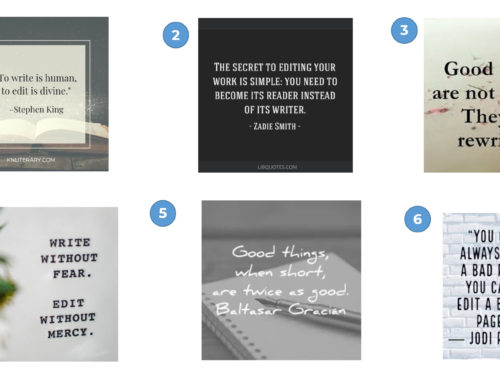You are trying really hard to focus your communications on what your participants and supporters want — to make your communications more about them, what they want to read, how they can get involved, and the good work their support has made possible.
But not everyone in your organization really understands what you are trying to do. Program staff and your management expect you to write about certain events and activities because those things are important internally. Yet you know that people outside the organization will likely be bored by, or worse, annoyed by those stories.
What do you do?
You may be able to convince them that it really is just something to celebrate internally, and suggest some ways to do that (cake at lunch, Happy Hour, etc.). But sometimes that just won’t be enough, and you’ll need to include the story, however much of a dog it is, within your communications plans.
Here are some of the stories that are most likely to be boring to outsiders, followed by some tips on how to talk about them — if you must.
- Your boss or your organization receives an award.
- Your organization gets a new grant.
- You’ve redesigned your website or logo.
- You’ve released your annual report.
- You’ve added up the results of your recent fundraising campaign.
- You’ve established a new partnership.
- You attended some training.
- You hired some new staff.
- You are celebrating an anniversary. (The Chronicle of Philanthropy just hosted an online chat on this.)
It’s not that these things aren’t important or aren’t worth celebrating, it’s just a matter of who they are important to. In all of these cases, you have to ask yourself, “So What and Who Cares?”
If you really do need to discuss these things in your newsletter or on social media, try to come up with some angles that make them more about your participants or supporters and less about your staff and board.
Try the Post Hole Digger approach. Instead of talking about the website redesign, pick one new thing that supporters can do on your website and focus on that, mentioning that the feature is part of a larger overhaul of the site later in the article. Pick one achievement from your annual report and lead with that.
Tell the story from someone else’s perspective. Instead of talking about a new grant or fundraising campaign results, talk about a person whose problem will be solved when you implement the new program that the funding supports. Instead of celebrating your own anniversary, introduce readers to people who may have been there at the beginning and who are still involved. Or go back and interview all the past board president’s on their perspectives and talk about the trends you heard. Who does the new partnership really benefit? If it’s just your organizations, skip the story. If it’s someone outside the organizations, talk about how their experience will be different because of the partnership.
Incorporate it as a factoid somewhere else. Instead of doing a whole story on an award you received, start referring to your “award winning program” in other stories you write about it.
Lead with the future. Instead of talking about a training you attended, talk about how you intend to implement what you learned in the coming weeks and months. Instead of just introducing a new staff person or board member, focus on the new or expanded services you can offer as a result, or how this person’s approach will be different.
Tie it to something bigger. This is what most successful anniversary celebrations do. So instead of just saying, “Woo Hoo, we are 50 years old!” you create a special event or campaign that uses the number 50 in a special way (50 donors, or $50, or 50 days).
What else have you tried to put a more interesting spin on news that might otherwise only excite people within your organization?







